Name Settela Steinbach | ||
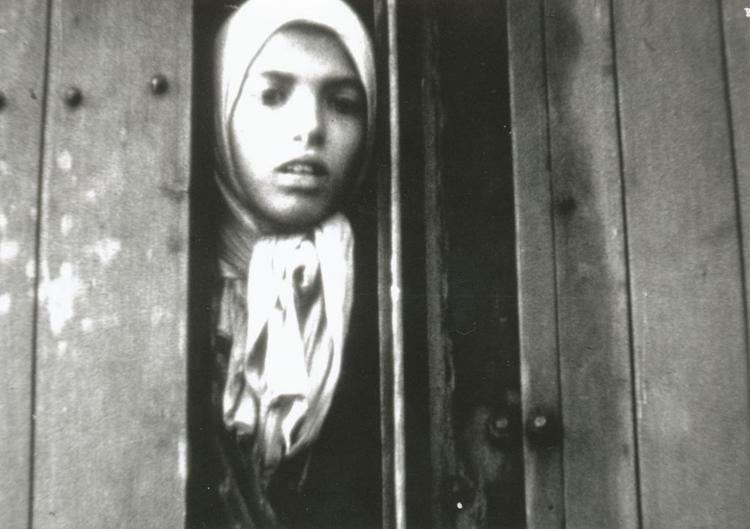 | ||
Died July 31, 1944, Auschwitz concentration camp | ||
Beeldfragment settela steinbach in de trein
Anna Maria (Settela) Steinbach (December 23, 1934, Buchten – July 31, 1944) was a Dutch girl who was gassed in Nazi Germany's Auschwitz-Birkenau extermination camp. Initially identified as a Dutch Jew, her personal identity and association with the Sinti group of the Romani people were discovered in 1994.
Contents
- Beeldfragment settela steinbach in de trein
- Settela steinbach settela en willy deel 1 historische gebeurtenissen mp4
- Life
- Death
- Legacy
- References
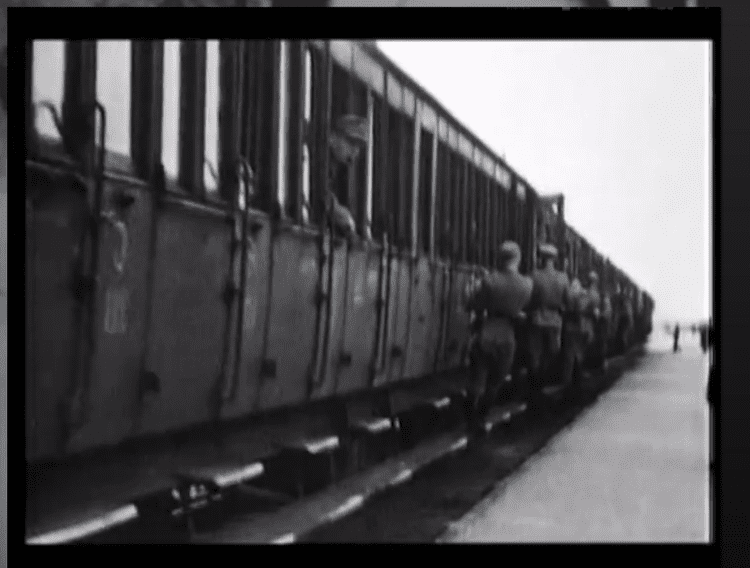
Settela steinbach settela en willy deel 1 historische gebeurtenissen mp4
Life
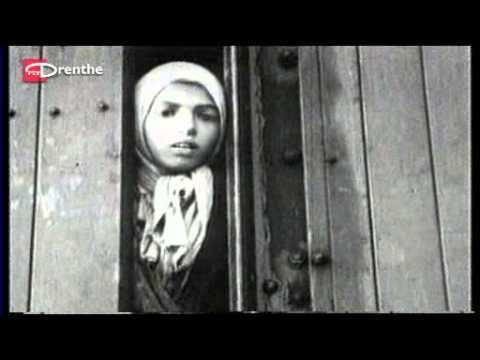
Steinbach was born in Buchten (now part of Sittard-Geleen, in southern Limburg) as the daughter of a trader and violinist. On May 16, 1944, a razzia against the Romanies was organized in the whole of the Netherlands. Steinbach was arrested in Eindhoven. That very same day, she arrived with another 577 people in Westerbork concentration camp. Two hundred seventy-nine people were allowed to leave again because although they lived in trailers they were not Romanies. In Westerbork, Steinbach's head was shaved as a preventive measure against head lice. Like the other Romani girls and women, she wore a torn sheet around her head to cover her bald head.
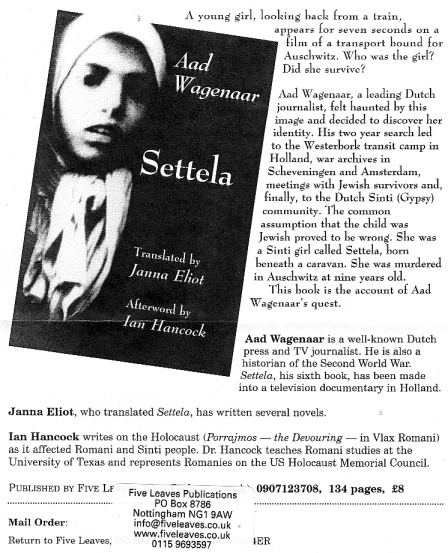
On May 19, Settela was put on a transport together with 244 other Romanies to Auschwitz-Birkenau on a train that also contained Jewish prisoners. Right before the doors were being closed, she apparently stared through the opening at a passing dog or the German soldiers. Rudolf Breslauer, a Jewish prisoner in Westerbork, who was shooting a movie on orders of the German camp commander, filmed the image of Settela's fearful glance staring out of the wagon. Crasa Wagner was in the same wagon and heard Settela's mother call her name and warn her to pull her head out of the opening. Wagner survived Auschwitz and was able to identify Settela in 1994.
Death
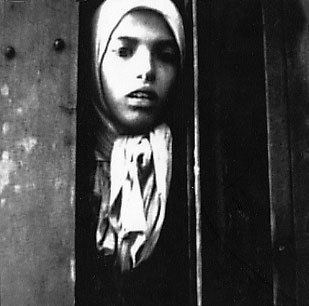
On May 22, the Dutch Romanies, among whom was Steinbach, arrived in Auschwitz-Birkenau. They were registered and taken to the Romani section. Romanies who were fit to work were taken to ammunition factories in Germany. The remaining three thousand Romanies were gassed in the period from July to August 3. Steinbach, her mother, two brothers, two sisters, aunt, two nephews and niece were part of this latter group. Of the Steinbach family, only the father survived; he died in 1946 and is buried in the cemetery of Maastricht.
Legacy
After the war, the fragment of seven seconds in Breslauer's movie was used in many documentaries. The image of the anonymous young girl staring out of the wagon full of fear and about to be transported to Auschwitz became an icon of the Holocaust. Until 1994, she was only known as "the girl with the headdress". It was assumed she was Jewish, as for many years there was little attention paid to the genocide of the 500,000 to 1,500,000 Romanies that were killed by the Germans in the Porajmos throughout Europe.
In December 1992, Dutch journalist Aad Wagenaar started to research her identity. By following the number on the outside of the wagon, number 10, 16 or 18, the description of the wagon, and the identity of a single suitcase that appears in the shot, he quickly discovered that the transport took place on May 19, 1944, and that it was a mixed transport of Dutch Romanies and Jews. On February 7, 1994, at a trailer camp in Spijkenisse, Crasa Wagner was able to remember and to reveal the name of Settela Steinbach.
The quest for Settela Steinbach's identity was documented in Cherry Duyns' documentary Settela, gezicht van het verleden (1994) (Settela, Face of the Past). Wagenaar published his research in the book Settela; het meisje heeft haar naam terug (ISBN 90-295-5612-9) (Settela: The Girl Who Got Her Name Back).
